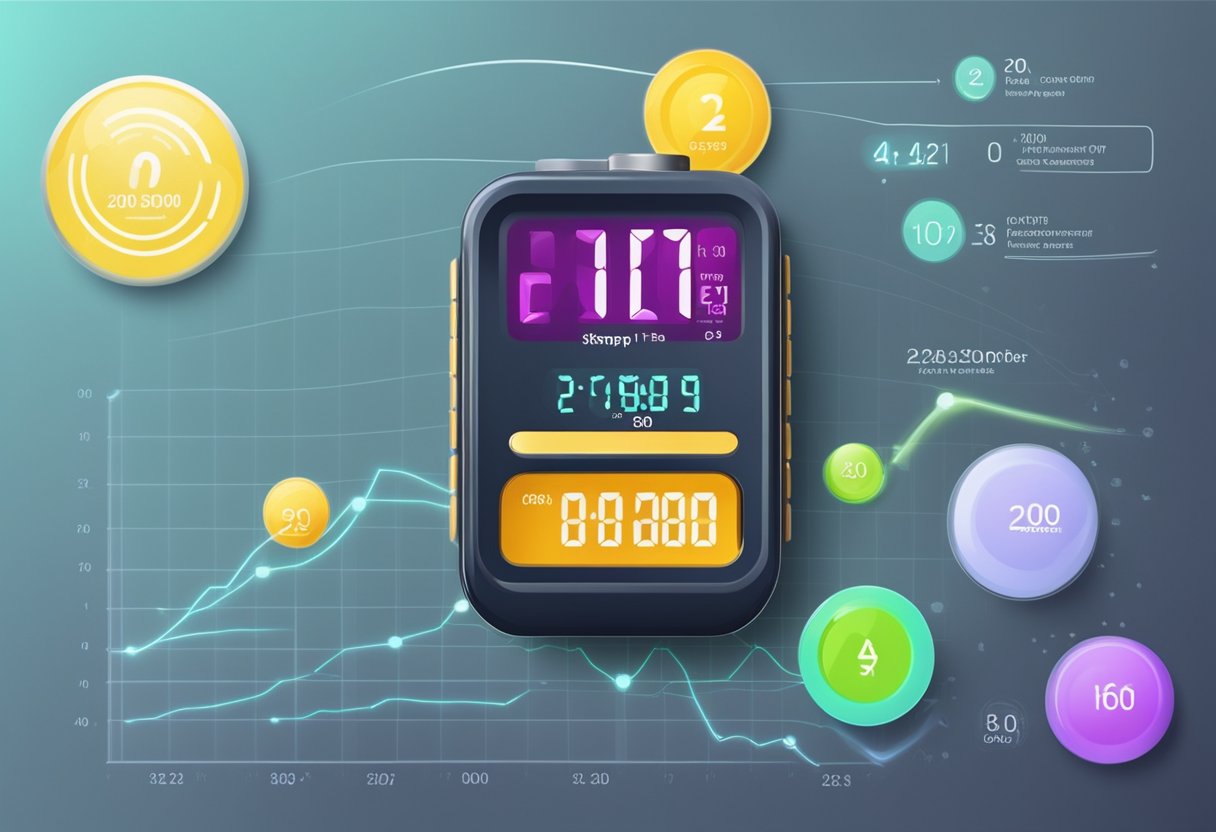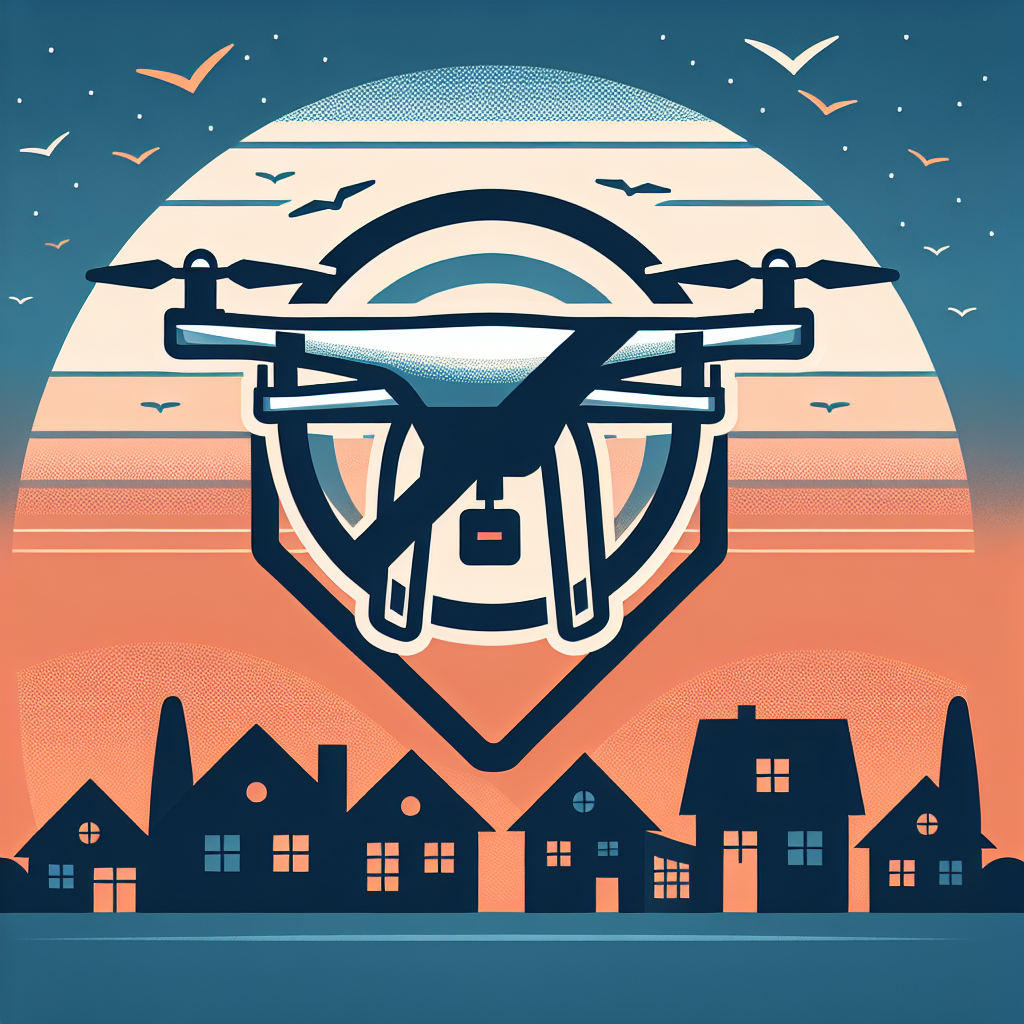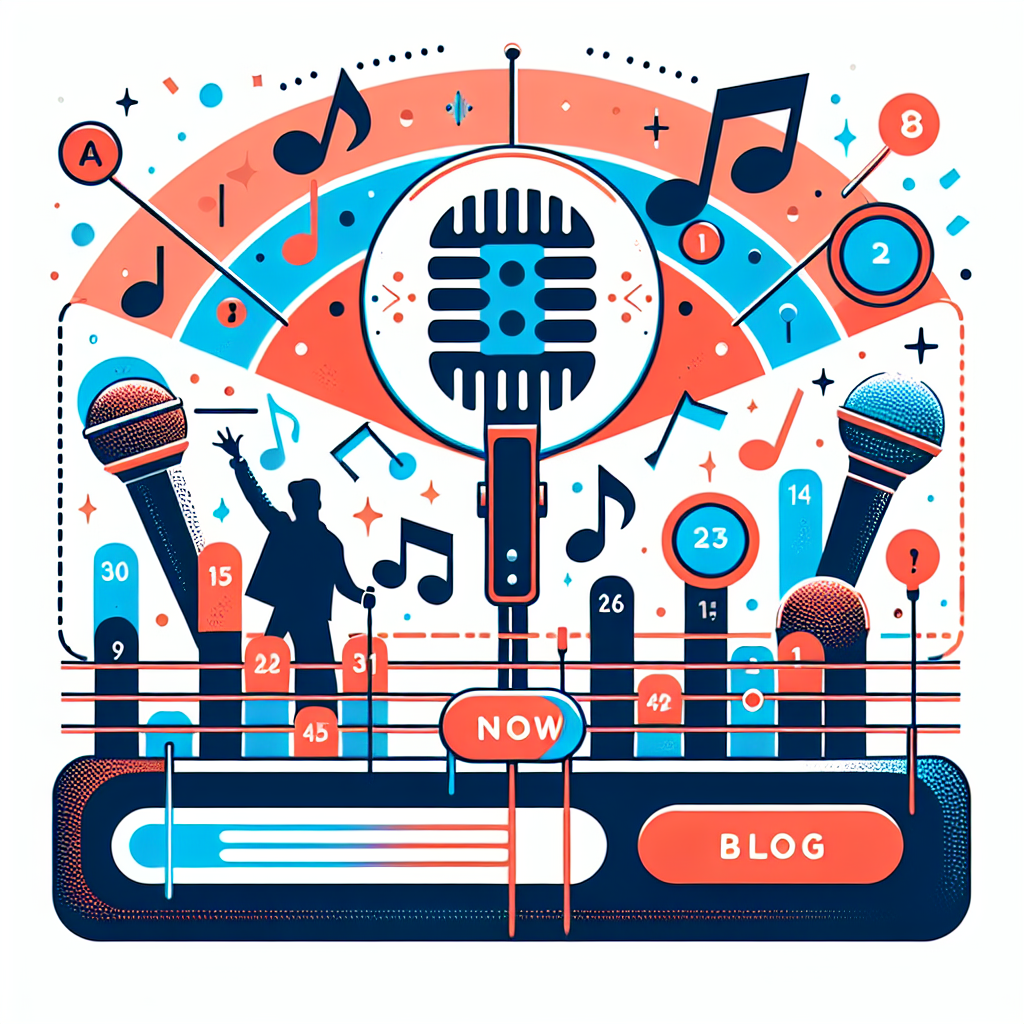Identifying Hypertension: Key Signs and Symptoms
High blood pressure, or hypertension, is a silent health issue that often goes unnoticed. Understanding how to recognize it is crucial for prevention and management.

Understanding Hypertension
Hypertension, commonly known as high blood pressure, is a condition where the force of the blood against the artery walls is consistently too high. This can lead to severe health problems, including heart disease and stroke. Among many, a pressing question is: 'Wie erkennt man Bluthochdruck?' (How do you recognize high blood pressure?)
Common Symptoms to Watch For
Hypertension often has few noticeable symptoms, which is why it’s often called a "silent killer." However, there are some signs you can pay attention to. Here are common symptoms associated with high blood pressure:
- Frequent Headaches: Experiencing headaches, particularly in the morning, can be an indication of high blood pressure.
- Dizziness: Feeling lightheaded or dizzy frequently may signal high blood pressure.
- Nosebleeds: Frequent nosebleeds can also indicate hypertension.
- Shortness of Breath: Difficulty catching your breath or increased heart rate may be symptoms.
- Vision Problems: Seeing spots or blurred vision can also indicate high blood pressure.
Monitoring Your Blood Pressure
One of the best ways to determine if you have high blood pressure is to monitor your blood pressure regularly. Here’s how you can do it effectively:
- At Home: Purchase a digital blood pressure monitor available at pharmacies. Follow the instructions carefully and record readings, ideally at the same time daily.
- At Your Doctor’s Office: Regular visits to your healthcare provider will help you keep track of your blood pressure over time.
- Health Clinics: Utilize local free health clinics or community health events that often measure blood pressure.
Understanding Blood Pressure Readings
Blood pressure is measured in millimeters of mercury (mmHg) and is given in two numbers: systolic (the upper number) and diastolic (the lower number). A typical reading is expressed as: systolic/diastolic.
- Normal: Below 120/80 mmHg
- Elevated: Systolic between 120-129 and diastolic below 80
- Hypertension Stage 1: Systolic between 130-139 or diastolic between 80-89
- Hypertension Stage 2: Systolic 140 or higher or diastolic 90 or higher
- Hypertensive Crisis: Systolic higher than 180 and/or diastolic higher than 120
Risk Factors for High Blood Pressure
Understanding what increases your risk can help you identify if you might be at risk for high blood pressure:
- Age: Blood pressure tends to rise with age.
- Family History: A family history of hypertension increases risk.
- Overweight/Obesity: Extra weight can significantly raise blood pressure.
- Lack of Physical Activity: A sedentary lifestyle contributes to hypertension.
- Stress: High stress levels can lead to temporary spikes in blood pressure.
When to See a Doctor
If you suspect you might have high blood pressure, it's important to consult with a healthcare provider. If you experience the following, it might be time for immediate attention:
- Persistent headaches
- Chest pain
- Shortness of breath
- Unexplained nausea or vomiting
- Severe anxiety
Conclusion
Recognizing high blood pressure is essential for preventing further health complications. While symptoms can be subtle or even non-existent, self-monitoring and being aware of risk factors can aid significantly in early detection. If you think you might be at risk or are experiencing symptoms, reach out to a healthcare professional for guidance.
New posts

Understanding Normal Pulse Rates: What Is a Normal Pulse?
Fitness

Understanding Ruhepuls 60: A Guide to Optimal Heart Rate
Fitness

Understanding Ruhepuls 45: The Ideal Resting Heart Rate for Your Health
Fitness

Understanding Normal Pulse Pressure: What You Need to Know
Lifestyle

Low Blood Pressure and Trembling: Understanding the Connection
Wellness

Understanding Low Blood Pressure at Night: Causes, Symptoms, and Management
Wellness

Understanding Pulsdruck: Key Insights into Your Blood Pressure Dynamics
Wellness

Understanding Why You Might Experience Niedriger Blutdruck
Lifestyle

Navigating Low Blood Pressure and High Pulse: Key Insights
Wellness

Understanding Ruhepuls 40: What It Means for Your Health
Fitness
Popular posts

Understanding Low Blood Pressure and Tiredness: Insights and Solutions
Lifestyle

Understanding Low Blood Pressure with High Pulse Rate
Wellness

Understanding Normal Blood Pressure: A Deep Dive
Wellness

Effective Strategies for Managing Heart Palpitations: What to Do When Experiencing Herzrasen
Lifestyle

Recognizing the Symptoms of High Blood Pressure
Wellness

What to Do When You Have a High Heart Rate
Lifestyle

Understanding Low Blood Pressure: What Does the Lower Value Mean?
Wellness

Understanding Blood Pressure: What Does 110 Over 70 Mean?
Lifestyle

Understanding High Pulse and Low Blood Pressure: Causes and Solutions
Management

Effective Remedies for Low Blood Pressure
Lifestyle